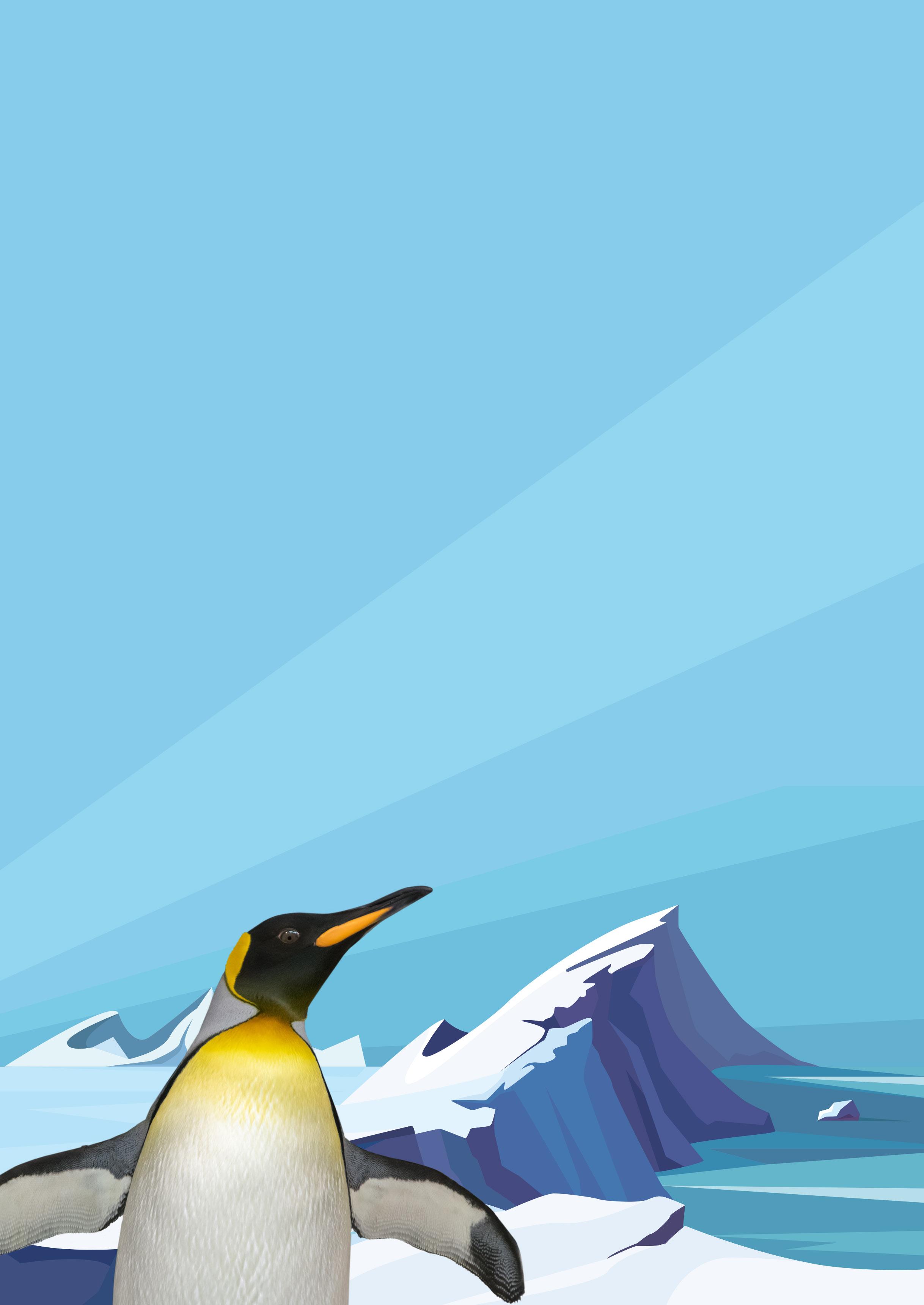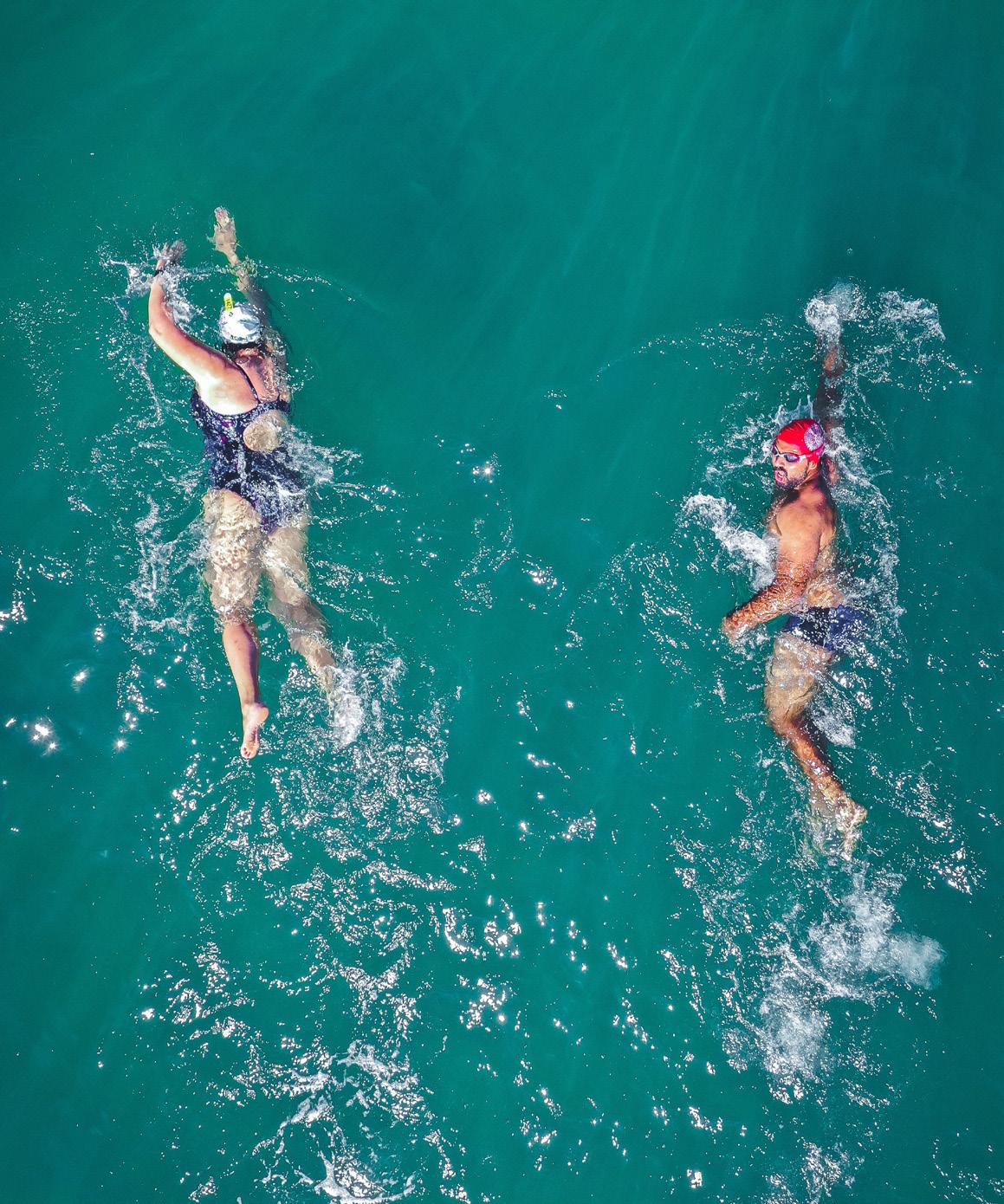










Over the past 50 years, the west coast of the Antarctic Peninsula has been one of the most rapidly warming parts of the planet. This warming is not only restricted to the land but can also be noted in the Southern Ocean. Upper ocean temperatures to the west of the Antarctic Peninsula have increased over 1°C since 1955. It has now been established that the Antarctic Circumpolar Current is warming more rapidly than the global ocean as a whole. Studying climate change in Antarctica is important because it enables scientists to predict more accurately future climate change and provide information to politicians and policy makers.
Ice shelves are the floating extensions of a grounded ice sheet. One of the largest ice shelves, the RonneFilchner covers an area slightly smaller than Spain. Each summer, a significant amount of meltwater is produced which can only be tolerated so long before the ice shelf will weaken and retreat. Climate in the Antarctic Peninsula has warmed by 3°C meaning that once stable ice shelves are now retreating. Since the 1950s this is a loss of 25,000 km2 of

There are about 20 million breeding pairs of penguins in the Antarctic. Some species of penguins in Antarctica are declining in numbers while others are not. The picture varies depending on where in Antarctica you are looking. Adélie penguins, a species well adapted to sea ice conditions, have declined in numbers in some areas and have been replaced at some sites by open-water species such as chinstrap penguins. Further south, emperor penguins, which breed on sea ice surrounding continental Antarctica, have also experienced a decline in numbers by up to 50% in places.

Results published by the British Antarctic Survey in 2004 highlighted that Antarctic krill numbers are declining. Krill are very important to the Antarctic food web and this decline could threaten whales, seals and penguins all of which feed on krill. The decline of krill has been linked to a dramatic decline in sea ice. Sea ice is a vital feeding ground for the huge number of krill in the Southern Ocean. The research shows that krill numbers have dropped by about 80% since the 1970s. Less sea ice during the winter is likely to be the cause and may explain declines seen in several species of penguins. Krill feed on the algae found under the surface of the sea ice, which acts as a kind of ‘nursery’. The Antarctic Peninsula, a key breeding ground for the krill, has experienced a striking decrease in sea ice.
Although Antarctica is many thousands of miles away from most of us, the impacts of climate change are not only confined to the shores of the icy continent. Scientists fear that water that is currently stored in ice on land (including ice sheets but not ice shelves) may melt and contribute to sea level rise. Satellite measurements since the early 1990s indicate that sea level is rising at a rate of 3mm per year and indeed sea level has been rising over the last century. However, the Intergovernmental Panel on Climate Change (IPCC) are not able to confirm confidently at present what contribution the melting of ice sheets will have on sea level over the coming centuries. There is a possibility that sea level rise could be higher than the IPPC estimates suggest.

Health professionals from all over the world applaud the advantages of cold water swimming, despite the fact that it may first be shocking to the system. Regular dips can have a profoundly positive effect on our mental health in addition to providing the opportunity to get outside, take in some fresh air, and engage in some exercise. Over 4.1 million of us go swimming in ponds, lakes, lochs, rivers, and oceans every year, also known as cold water swimming, open water swimming, or wild swimming, which has become one of the longestrunning health trends in recent years. Although it has always been popular and has been discussed in literature dating back to ancient times, more of us are taking on the challenge now than ever before as we learn about the wonderful health benefits of cold water swimming.
Here are our top 4 reasons why wild swimming can benefit your health as well as being a great way to cool down and get in touch with nature.
When your body heats up your blood is brought to the surface and being cold sends it to your organs. Both extremes get your blood pumping. That’s why the whole sit in the sauna, roll in the snow, sit in the sauna thing makes people glow.
This increase in blood being pumped around your body helps flush your circulation, it will exfoliate your skin and flush impurities from it, thus helping your complexion. Evidence also demonstrates that your body adapts to the cold with repeated exposure, and this may improve your circulation.
Swimming is great exercise no matter where you do it, but you will get some extra benefits doing it in the North Sea that you just won’t get from a warm wade in the Med.
Swimming in cold water will make your body work twice as hard to keep you warm and burn more calories in the process.
While diving into freezing water feels like you are closer to having a heart attack than having fun it turns out that this feeling of shock can actually boost your immune system.
Research has shown that when people regularly swim in cold water their white blood cell count increases significantly and the immune system is invigorated.
Winter swimmers talk a lot about the ‘high’ they get from cold water. The cause? Endorphins.

Endorphins are the body’s natural pain killers, and, in the case of a cold dip, it uses them to take the sting away from your skin.




A visible disability is one that is outwardly visible. You might notice someone using a wheelchair, carrying a white cane, or having difficulty walking. A non-visible disability, also known as a hidden disability or invisible disability, is a disability with no outward physical signs; you can’t tell the person is disabled just by looking at them.
Globally, 1 in 7 people are disabled, and in the UK, 80% of those people have non-visible disabilities.
Some disabled people prefer the term ‘non-visible disability’ or ‘non-apparent disability’ over hidden or invisible disability. This is because:
‘Hidden disability’ can imply the disabled person is hiding their disability

‘Invisible disability’ could imply the disability doesn’t exist
However, it is important to always respect the preferences of the disabled person you are communicating with.
This is also true for identity first language (Disabled person/Autistic person) and person first language (person with a disability/person with dementia). People have different preferences that should be respected.
More information on inclusive language can be found on the government’s website: https://www.gov.uk/government/ publications/inclusive-communication/inclusive-language-wordsto-use-and-avoid-when-writing-about-disability

Some examples of hidden disabilities include:

Autism
Brain Injuries
Chronic Fatigue
Chronic Pain
Dementia
Diabetes
Epilepsy
Hearing Loss
How do I know if someone has a non-visible disability?
The nature of non-visible disabilities means that you rely on the disabled person telling you about their disability. If the disabled person chooses to share their disability with you, this may give you a better idea of any adjustments or accommodations they might need. Some disabled people may not feel comfortable sharing their disability/diagnosis with other people, and it is important to respect that, even if you think someone might have a disability.
How can I help someone with a nonvisible disability?

The help a disabled person may need depends on their disability and their specific needs, so it is always best to ask what help or assistance they may need. Some examples of potential accommodations/assistance could be:
Helping someone read and/or understand information
Giving them more time to complete a task or respond to you
Using different communication methods, such as writing or typing
Asking yes or no questions if the person seems overwhelmed or is struggling to communicate
Write/speak in plain/simple English
Be direct and literal with any instructions or communication
Offering someone a place to rest
Offering a private space for a person to escape to or undertake their own medical care
Most importantly, keep learning about non-visible disabilities and encourage those around you to educate themselves on non-visible disability issues.
Sunflower lanyards were first used by Gatwick Airport in 2016, to give passengers the opportunity to discreetly indicate they made need extra assistance due to a non-visible disability. The scheme slowly spread around the country before becoming more mainstream due to the Covid-19 pandemic, as many people with non-visible disabilities were unable to wear masks. The scheme is now used all over the world. There is no qualifying list of disabilities – anyone with a non-visible disability can choose to wear the lanyard.
Not everyone with a non-visible disability is comfortable using a sunflower lanyard (therefore making their disability more visible).
You should never assume that just because someone isn’t wearing a sunflower lanyard, that they are not disabled, and you should never try and persuade someone to start wearing a sunflower lanyard if it’s not something they are comfortable with.

The needs of people with non-visible disabilities will be unique to the individual. It is important to remember that disabled people are the experts in their own lived experience and trust them when they communicate their needs.
For more information on non-visible disabilities, visit the following links:
https://disabilityunit.blog.gov.uk/2020/12/17/living-with-nonvisible-disabilities/
https://www.homecare.co.uk/advice/non-visible-disabilitiesliving-with-a-hidden-disability
https://www.bma.org.uk/news-and-opinion/access-for-allinvisible-disabilities-remain-overlooked
The hidden challenges of invisible disabilities - BBC Worklife
It doesn’t matter what sector you work in, whether you are an individual or a business, LGBT+ History Month is something everyone can get involved with.

This awareness event was founded in 2004 by the School’s Out project which aims to create a better school environment for LGBTQ+ students by increasing the knowledge of teachers on including LGBTQ+ topics in classes and how to address the issue of school bullying. It deals with the challenges LGBTQ+ and gender nonconforming students face in schools, by training teachers and guiding schools on how to implement LGBTQ+ and gender inclusive policies.
There are a number of reasons why LGBT+ History Month is important and not only to members of the LGBTQ+ community. It’s also important for everyone to get involved.
1. To remember those who do not have the same rights
According to Human Dignity Trust, there are still 73 jurisdictions in the world that criminalise “private, consensual, same-sex sexual activity”.
2. To remember how we got rights
Being homosexual was decriminalised in the UK in 1967, recent enough to still be in the minds of many citizens. The fight to get there was gruelling, and the path to full equality since then has been slow.
3. To discover histories, we were never taught
LGBTQ+ identities have existed as long as humans have, but history books tend to either barely mention, completely ignore or deliberately erase LGBTQ+ people’s existence and contributions.
4. To let members of the LGBTQ+ community see themselves reflected back in their history
Seeing people you identify with, not just exist in history, but also achieve and conquer huge feats impacts what a person feels they can achieve themselves.
5. To remember how far we’ve come, even recently
Even within the last 30 years the social acceptability of being outwardly gay, bi, trans, intersex or gender-non-conforming has changed hugely. Remember when Caitlyn Jenner came out as transgender back in 2015 and how the media exploded? Now there are transgender people not just out, but celebrated in mainstream culture.
6. To promote understanding of those who are different from ourselves
It exposes the culture of those different from us and helps encourage tolerance through understanding
The LGBT+ History Month 2023 #BehindTheLens theme celebrates LGBTQ+ peoples’ contribution to cinema and film from behind the lens. Directors, cinematographers, screen writers, producers, animators, costume designers, special effects, make-up artists, lighting directors, musicians, choreographers and beyond.

At a time when LGBTQ+ lives are in the media we also encourage you to look ‘Behind the Lens’ and listen to LGBTQ+ peoples’ lived experiences.
There are a whole host of events taking place throughout February and beyond. Click here to find out what’s happening in your area and how you can get involved!
https://lgbtplushistorymonth.co.uk/calendar/


